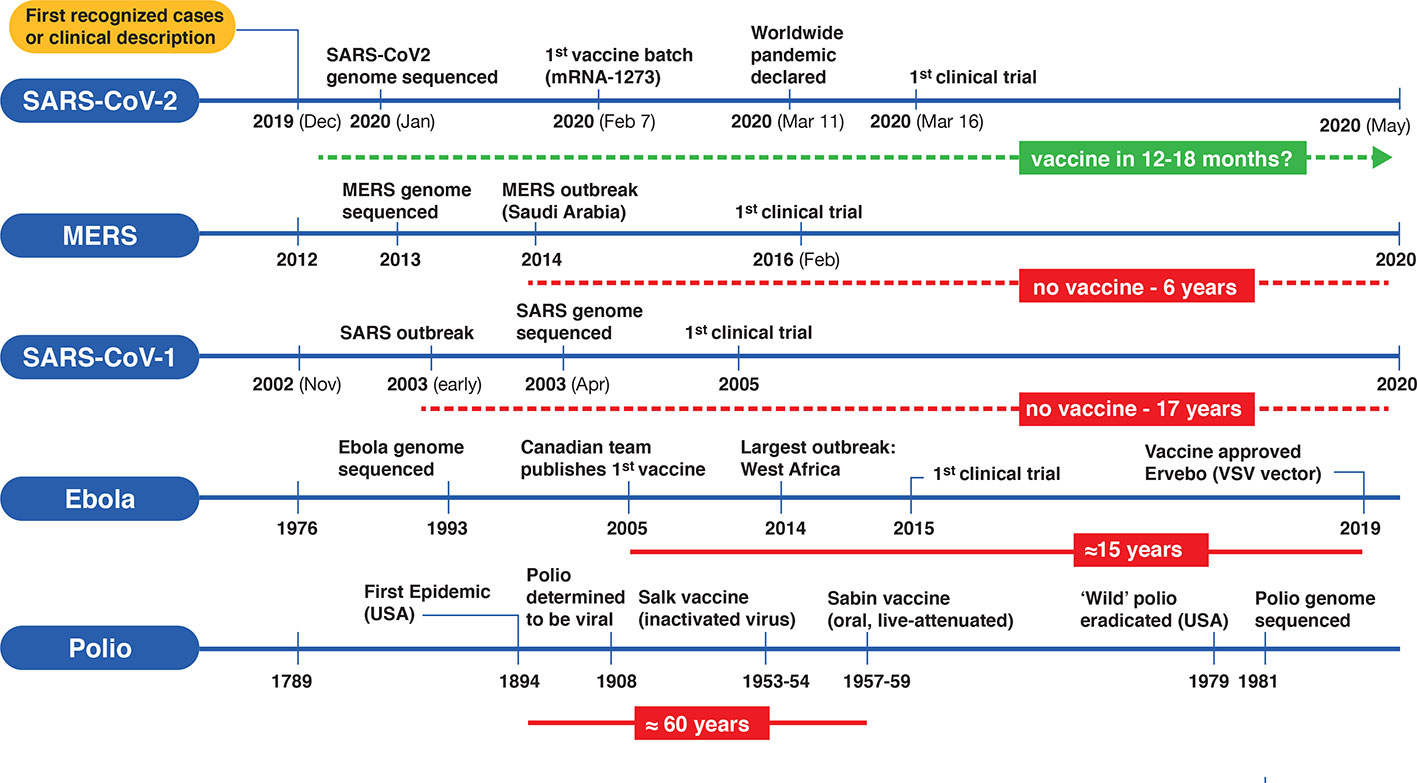

If 2 experienced severe fever, that would be 700,000 people. The results indicated that all types ofvaccines in this study did not differ significantly regardingboth complications. But if the companies win regulatory approvals, theyre aiming to supply vaccine to 35 million people globally by the end of December. At least 136 cases of this variant had been detected in Canada as of March 8. Fewer than 2 of recipients of the Pfizer and Moderna vaccines developed severe fevers of 39☌ to 40☌. In the Janssen trial, for example, efficacy was 74 per cent in the United States but dropped to 52 per cent in South Africa, where almost 95 per cent of cases were due to the B.1.351 variant. Which vaccine protection is expected to be lower 8 A total of 3 643 918 persons were enrolled in v-safe and completed at least 1 health survey within 7 days following their first vaccine dose 1 920 872 v-safe participants reported receiving a second vaccine dose and completed at.

The lower efficacy in the AstraZeneca and Janssen trials may also be explained by a greater number of infections from variants of concern, which emerged after the Pfizer and Moderna trials were completed and against By February 21, 2021, more than 46 million persons received at least 1 dose of an mRNA-based COVID-19 vaccine. Side-by-Side Comparison: COVID-19 Vaccine Most common side effects, Fatigue, headache, chills, muscle pain Testing for children Approved for ages 6 months+. “As we get more data about the kind of efficacy that they have over the longer term, we may see those (efficacy) numbers come down significantly for the mRNA (Pfizer and Moderna) vaccines,” says Thompson.
#Vaccine side effect comparison trial
However, the Janssen trial set a higher bar, looking to prevent moderate to severe or critical infection. The Pfizer and Moderna trials looked at prevention of any lab-confirmed infection starting at least seven to 14 days after the last vaccine dose in those who had symptoms.


 0 kommentar(er)
0 kommentar(er)
